 | Tl;dr/conclusion: Looking at it from the level of the individual, a deflationary form of money is fundamentally a superior form of money to an inflationary currency. The rational move would be to hold such a deflationary form of currency, and to swap into inflationary currencies as needed. Given the possibility, it would be attractive for merchants and invididuals to accept payment directly in this deflationary form of money. While a comparison with gold and the flaws of transacting in gold is often made, these flaws no longer need apply. With the advent of crypto, we have the possibility to create a form of money that has the advantages of gold, without the disadvantages of its physicality. ---------- I’ve seen this discussion pop up more often recently, so let’s dive in. In short, the argument goes that currencies need to be inflationary so that people are incentivised to spend. A way to see it is to think of inflationary currency as a hot potato — if you don’t do anything with it and keep it in cash, it’s going to decline in value. Therefore, you might as well spend it or invest it. If you know your food is going to be (ever so slightly) more expensive tomorrow, you might as well buy it today. In a deflationary form of money (for example a currency with a fixed supply) this incentive is absent. Because of this, people will hoard their money, rather than spend it or invest it. With no (or less) money being spent, merchants drop prices to try and entice people to spend. With dropping prices, consumers want to wait longer to purchase stuff, because they expect the item they intend to buy will be cheaper again next month, compared to now. What this has to do with crypto is that people will often make the claim that crypto can be seen as a store of value, rather than a currency. Save your money in a fixed supply asset that you know won’t be debased, spend your inflationary currency. Because of this, crypto won’t be used as money. People will hold (HODL) their crypto that is likely to increase their value, while spending their fiat money that will decrease in value. Because of this, no network effect arises for crypto, it remains just a savings (and speculation) vehicle. In the hope of having represented the argument of those that believe money should be inflationary correctly, I’ll now dive into why I believe this take is in a sense incorrect, and stems from issues with the specific forms of non-inflationary currency we have seen so far rather than a fundamental issue with deflationary forms of money. Why deflationary money is a superior store of valueWhen you have the choice between spending in an asset that is likely to appreciate in value (deflationary) or an asset that is likely to depreciate in value (inflationary) the rational move is to spend in the inflationary asset. You’d prefer to pass on the hot potato. However, as in a typical hot potato game, the receiver would then again prefer to pass on the hot potato as quickly as possible, while preferring to hold a harder form of money. The bigger question here is not whether an individual prefers to pay in an inflationary or a deflationary currency. Rather, it’s about why anyone would hold the hot potato, when there is the option of passing it on right away. If I’m a merchant receiving US dollars, and I can convert this into a fixed supply form of money right away, that seems like a smarter course of action. If the friction of doing so is low enough, I’d prefer to hold that harder form of money even if I have to convert back into inflationary currency a few days later. Run this process through to its conclusion and the question becomes: who is holding the hot potato, and why?The current answer to this is that the hot potato has some characteristics that make it attractive to use and to hold at least some of it. It tends to be more stable than the fixed supply money. While the hot potato money might fluctuate 2–30% against other currencies on a yearly basis, the fixed supply asset currently might fluctuate that much in a day. As an individual or business who can’t afford to see 30% of their spending power wiped out in a day, such fluctuations are undesirable. There’s also the fact that governments like to be paid in this hot potato money and it’s commonly accepted in most places, which gives hot potato money a great network effect. What about people not wanting to spend deflationary currency?I believe this argument assumes a flexibility in humans that is at odds with how people live, and that is at odds with what history has shown us. Look at how much the average person is making, and at how much the average person is spending. Most people are far more preoccupied with paying their rent, mortgage, buying food and other necessities than they are with the value of their money. As a fun thought experiment — say you need a toothbrush. would you postpone buying a toothbrush if you thought it would be 1% cheaper next month? There are very specific examples we can point to here. Technology (and most things in life) get cheaper over time. Say you were in the market for a television. Specifically, it’s March 29th 2020 and we’re thinking an LG OLED55CX6LA would be great to have. It’s top of the market. We check the price, and it turns out it retails at €2099. A bit steep. We decide to postpone our purchase for three months. On June 29th 2020, it turns out we can already get the TV for €1668! Three months later, on September 29th 2020, it’s €1299. A full year later, we can get this exact same TV for €1098. Most people are well aware of this, and know that it holds for televisions, entertainment, computers, fridges, dishwashers, and a plethora of other things. Nearly everything gets cheaper if you keep the quality equal. Yet people do not wait infinitely. They buy what they want to have now, or when they’ve saved up enough money (or even use credit to do so). This is no fluke. A great piece of research on the “Rate of Return on Everything, 1870–2015” shows that the real rate of return on government bonds & bills has been positive, taking into account inflation (p17), for most countries in the world. Since the 1980’s it has been on average positive for every country in the world. Data for bank savings accounts are harder to find except for specific countries. When we look at specific countries, bank savings that are insured by a government deposit guarantee tend to offer an even higher interest rate than government bonds & bills. It is commonly stated that people would postpone purchases and investments under a deflationary money system because people’s money would be worth more tomorrow or a year from now. What the above shows is that there is a safe asset that people can already invest into, with small or large amounts, knowing their money will be worth more in a year from now, yet we haven’t seen a deflationary collapse yet. It shows that people can already have “deflation” work in their favor by postponing buying a new TV, or computer, or a myriad of other things, yet we haven’t seen a deflationary collapse yet. How could a non-inflationary currency work as currency?Earlier in this article I mentioned how inflationary currency can be seen as a hot potato that is constantly passed on. The question turns into who holds the hot potato. An even more important question is why, fundamentally, anyone would want to be holding the hot potato. Thinking about it from a fundamental point of view, I would prefer to hold as little as possible in a form of cash that depreciates. In other words, when I receive payment in inflationary currency, I would prefer to exchange it into hard money as quickly as possible. When paying others, I would convert back into inflationary currency as needed, and pay them. However — as this continues and more people think in this way, the step of converting back into inflationary currency makes less sense. If I want to hold my money in a fixed supply currency, and you have a fixed supply currency but are converting to inflationary currency to pay me with, that seems like an inefficient form of exchange. As a merchant, I would gladly take your fixed supply currency, and could let you know that I accept this fixed supply currency for payment. It saves you the hassle of converting fixed supply into inflationary currency, it saves me the hassle of having to swap that inflationary currency back into fixed supply currency. Full efficiency is gained when we have a form of money that is both a fantastic store of value and a fantastic currency. The two strengthen each other — so why have we not seen this so far? The gold standard and its flawsAt this point you’re probably wondering why I haven’t touched upon the gold standard yet. It’s an example of a relatively fixed supply currency. Yet as we broadly observe, it is not in use today, while gold does serve as a store of value. Why is that? Many economies have had a direct gold-based exchange system at times. Gold (and silver) coins were widely circulated — the Roman aureus was a gold coin, later replaced by the Byzantine solidus. Italian denari, Spanish dineros and the Florentine florin are well-known examples. These currencies were used within countries and internationally. Gold is a base layer asset, the value is in the physical gold itself. Because of this, no trust was needed when transacting. A country having a debt settled by another country preferred this to be done in gold, because once paid it was fully settled. There was no debt claim, no need to trust the counterparty beyond the simple exchange. However, carrying around gold is inconvenient at best. Amongst other issues gold is heavy and can be stolen. To solve this issue, credible parties (which we today think of as banks) offered to store gold in a secure place, giving a paper claim to the deposited gold in exchange. As long as the credible party was credible enough, this paper claim was “as good as gold”, while being far easier to transport, protect and use. However, this also allows banks to lend out this gold to others, in exchange for interest. As long as not everyone comes by at the same time to retrieve their gold, this would work fine, and provides some income for the bank. In the interest of keeping this short, Ray Dalio’s “Principles for Dealing with the Changing World Order: Why Nations Succeed and Fail” is a fantastic read. It goes into the next stages of such a system and why we see ebbs and flows in hard money and fiat money. The important part for this analysis is why we’ve repeatedly seen the move from using gold as a pure medium of exchange to claims on gold and ultimately fiat. It’s not because gold’s (relatively) fixed supply fundamentally makes it unsound to transact with. It is gold’s other characteristics, such as limited portability/transferability and divisibility, and its security costs, that mean it is not ideal for use as a medium of exchange. Gold is heavy to carry around. It’s expensive to transfer large sums, because the risk of it being stolen increases, so you would need to pay for security. It’s hard to divide it down to small amounts — try paying a few cents in gold. Conversely, try paying very large amounts in gold to someone far away. The transport costs would be large. Fixing these flawsSay we were able to create an asset that had a demonstrably and unchangeably fixed supply, while fixing the flaws with gold. This asset could be carried anywhere easily, and you would be able to transfer 2 cents as easily as you were able to transfer 2 billion. Such a transfer would be confirmed instantly, while the transaction would not cost you any fees. As in gold, it would be paramount that such a transfer happen trustlessly, and that there is no way for people to spend money they do not have. The idea behind cryptocurrency is largely to offer such a form of money. This is one of the reasons a lot of money is flowing into crypto, and that many people are so enthusiastic about it. Bitcoin was a first version of this, but has some flaws. As an example, transferring Bitcoin is not instant, and it costs a fair bit. It’s not extremely divisible, and most importantly does not ensure security. Bitcoin’s security comes from decentralization, from many miners competing for the rewards that come with mining Bitcoin. At the same time, mining Bitcoin comes with economies of scale due to the way Bitcoin is designed. In other words, Bitcoin is designed to encourage centralization and loss of security over time. For more info, see “Why 99% of cryptocurrencies centralize over time”. That does not mean crypto as a whole has failed at this. Nano is a cryptocurrency that offers instant transfers at zero fees, from anywhere in the world to anywhere. It is a fixed supply, and almost limitlessly divisible (up to 30 decimals). As opposed to Bitcoin, Nano does not centralize over time, instead decentralizing ever further. In the interest of not making this article even longer, I would link to “crypto as a store of value” and “the long-term future of crypto” for those interested in the ways that certain cryptocurrencies have solved these issues. ConclusionLooking at it from the level of the individual, a deflationary form of money is fundamentally a superior form of money to an inflationary currency. The rational move would be to hold such a deflationary form of currency, and to swap into inflationary currencies as needed. Given the possibility, it would be attractive for merchants and invididuals to accept payment directly in this deflationary form of money. While a comparison with gold and the flaws of transacting in gold is often made, these flaws no longer need apply. With the advent of crypto, we have the possibility to create a form of money that has the advantages of gold, without the disadvantages of its physicality. If this article interests you, I would first and foremost recommend the article “On crypto as a store of value, Bitcoin’s incentives, and the long-term future of crypto”. I would also recommend this analysis of “The theoretical best form of money”. Mostly, I would love to hear comments and feedback. I’ve written this down to improve my own thinking, and am open to hearing where this is plain wrong or where my thinking could be improved. [link] [comments] |

You can get bonuses upto $100 FREE BONUS when you:
💰 Install these recommended apps:
💲 SocialGood - 100% Crypto Back on Everyday Shopping
💲 xPortal - The DeFi For The Next Billion
💲 CryptoTab Browser - Lightweight, fast, and ready to mine!
💰 Register on these recommended exchanges:
🟡 Binance🟡 Bitfinex🟡 Bitmart🟡 Bittrex🟡 Bitget
🟡 CoinEx🟡 Crypto.com🟡 Gate.io🟡 Huobi🟡 Kucoin.



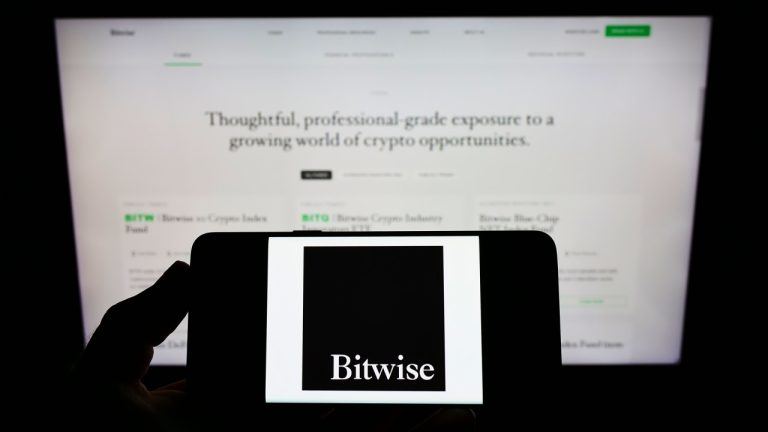


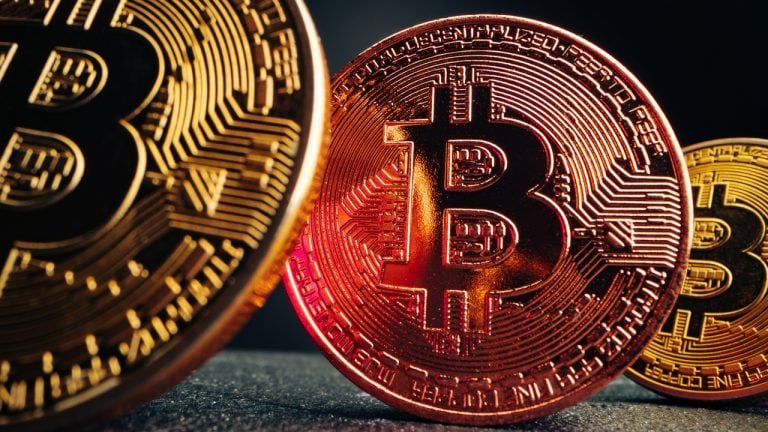

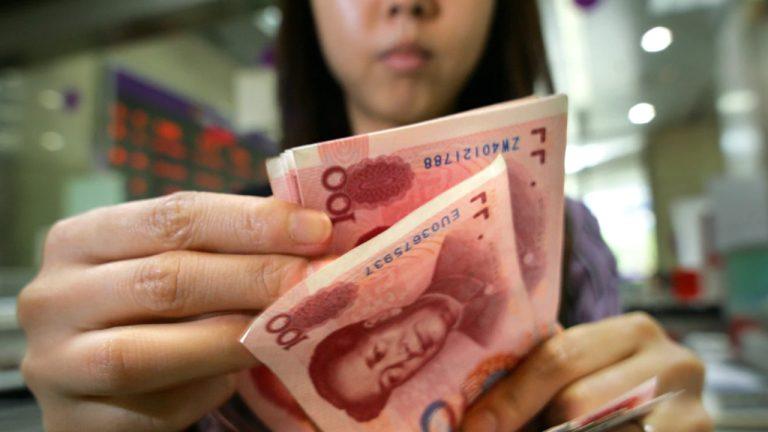
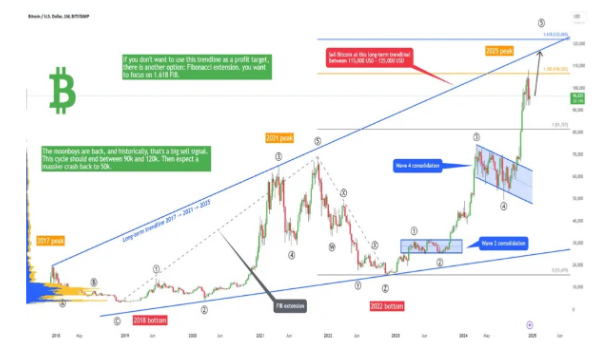

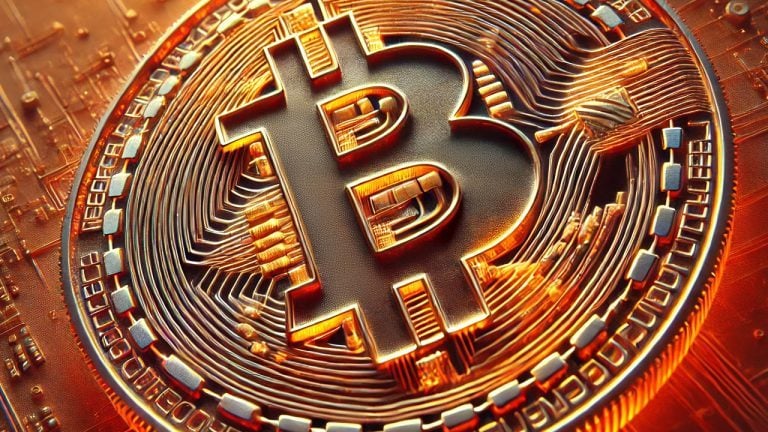


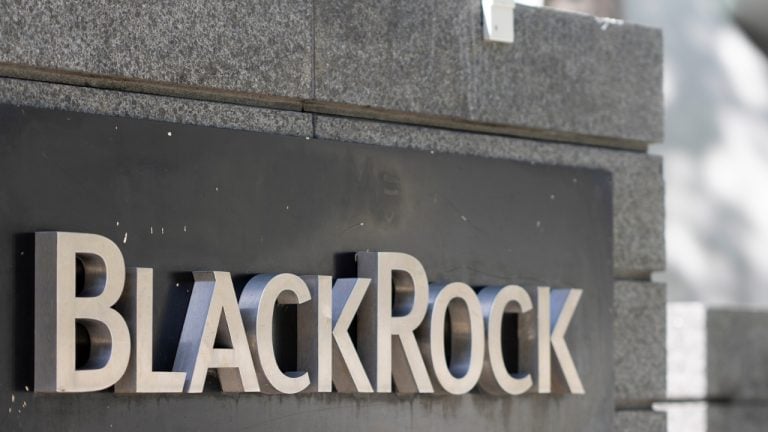
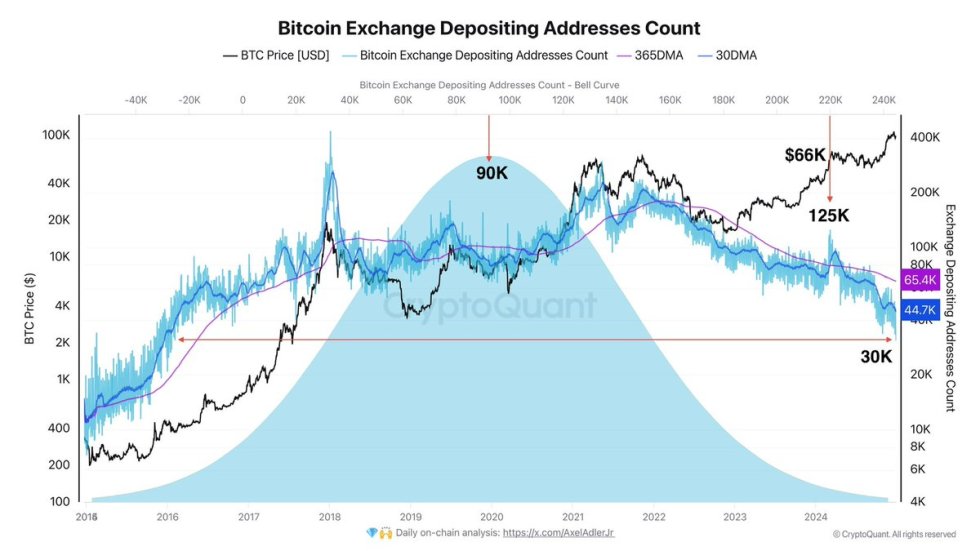
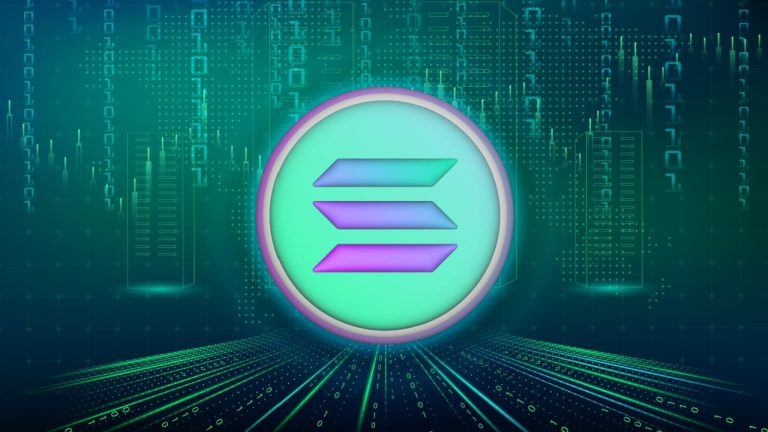

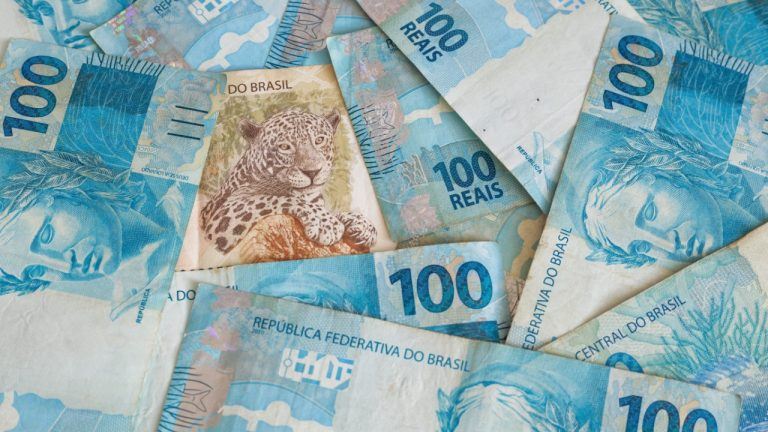
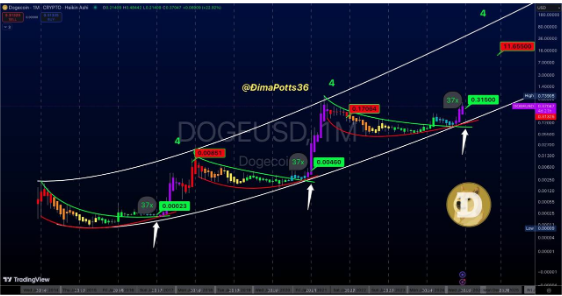
Comments